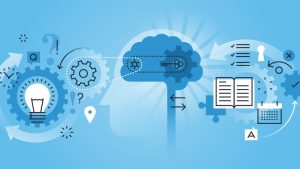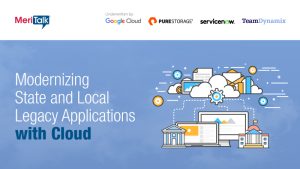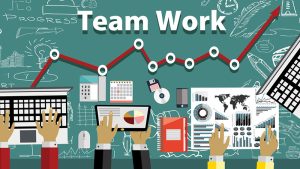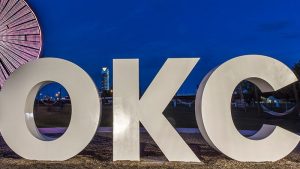Many IT leaders in state & local government are looking to improve service and project delivery while battling limited resources and tight budgets, a one-platform approach to managing services and projects could be the answer. Here’s why – by using a single platform for IT Service Management (ITSM) and Project Portfolio Management (PPM) you can better understand your resource capacity and plan accordingly.
Automation tools are helping state chief information officers (CIOs) drive more efficiency in government operations and advance citizen service delivery, according to state and local government experts.
As state and local governments look to modernize aging IT infrastructure and offer more self-service to residents in this digital age, it’s becoming clear that successful digital transformations rely on a solid IT Service Management (ITSM) foundation – a foundation that will form the backbone for a broader use of service management best practices. The combination of a clear ITIL framework and a flexible, no code, easy-to-use ITSM platform is essential for any organization striving to meet the needs of its end-users with both limited budgets and resources.
State and local governments (SLGs) are taking a page from Federal Cloud First and Cloud Smart modernization initiatives to sunset legacy systems and migrate to the cloud. Modernization efforts have been a top priority for over a decade, with cloud first appearing on NASCIO’s State CIO Top Ten priorities list in 2010 and making the list ever since.
State and local government (SLG) IT leaders overwhelmingly agree that critical infrastructures are at risk due to legacy applications and systems, according to new research from MeriTalk, underwritten by Google Cloud, Pure Storage, ServiceNow, and TeamDynamix.
A recent market study from TeamDynamix found that 78 percent of organizations surveyed listed resource constraints as one of their top challenges. If you’re familiar with ITSM (IT service management), it’s no surprise that many organizations find self-service and Knowledge-Centered Service (KCS®) to be effective strategies to mitigate this challenge. And while both self-service and KCS are sound tools for ITSM, there are other strategies you should consider adding to build out a true 360 platform.
If you have experience in IT, you know that minor issues and anomalies in IT services can easily become a huge bottleneck for technicians. Without the right IT service desk technology, manual processing can bog down your resources and cause unnecessary waits for those needing help. As a result, end-user satisfaction will start to fall as people suffer through long hold queues and waste valuable work hours trying to resolve issues instead of focusing on their own projects. In this article, we will discuss three challenges faced by the IT service desk and how you can overcome them.
Effectively managing the technology needs of more than 5,000 city employees, including employees that utilize technology in the field, requires the right combination of people, processes, and technology.
By Andrew Graf, Chief Product Strategist, TeamDynamix Building and maintaining an organizational knowledge base (KB) can be an extensive undertaking. Taking the time to thoughtfully do so, however, can yield powerful benefits for years to come, especially for public sector organizations. Employees will benefit from more efficient processes, thus freeing up time to focus on […]
By Andrew Graf, Chief Product Strategist, TeamDynamix Public sector organizations are challenged by lack of IT resources – particularly in light of the rapid increase in tech spend. This onslaught of new technology needs to be implemented and supported but this is increasingly a challenge. The outcome is increased project delays and reduced satisfaction in […]











